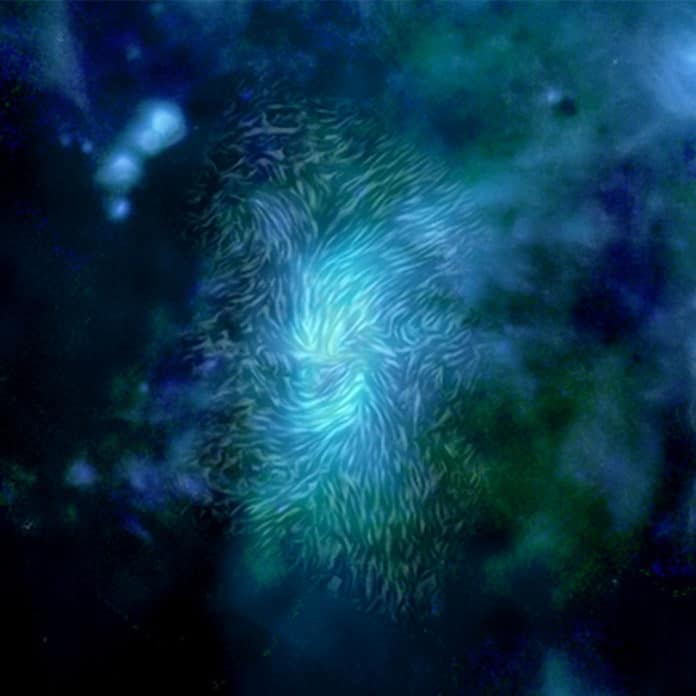Using observational data from the Stratospheric Observatory for Infrared Astronomy (SOFIA), astronomers recently discovered that the magnetic field near our galaxy’s core is so powerful that it can control the material moving around the black hole. This discovery could help answer longstanding mysteries about why our black hole is relatively quiet compared to others, and why the formation of new stars in our galaxy’s core is lower than expected.
SOFIA used its new infrared instrument to produce detailed maps of our galactic center. It shows the behavior of magnetic fields around the black hole.
Joan Schmelz, director at the Universities Space Research Association, in Columbia, MD, said, “There are still aspects of our galaxy’s black hole that we can’t explain with gravity alone. Magnetic fields may be able to help solve these mysteries.”
SOFIA found that the magnetic field near the galactic center may be strong enough to control matter in a way similar to the solar corona.
However, scientists think that there is a need for further research to comprehend better the roles of magnetic fields at the center of our galaxy and how these strong forces fit in with gravity. Still, these preliminary results can enhance our understanding of at least two long-standing, fundamental questions about star formation and black hole activity in our galactic center region.
For this result, SOFIA used the High-resolution Airborne Wideband Camera-Plus or HAWC+ instrument, which was built at NASA’s Jet Propulsion Laboratory in Pasadena, California, to study magnetic fields.
David Chuss, a coauthor of the paper at Villanova University in Pennsylvania, said, “The data provide the most detailed look yet at the magnetic fields surrounding our galaxy’s central black hole. The HAWC+ instrument has improved the resolution by a factor of 10 and increased the sensitivity, which represents a revolutionary step forward.”
The research was presented today at a meeting of the American Astronomical Society.
